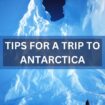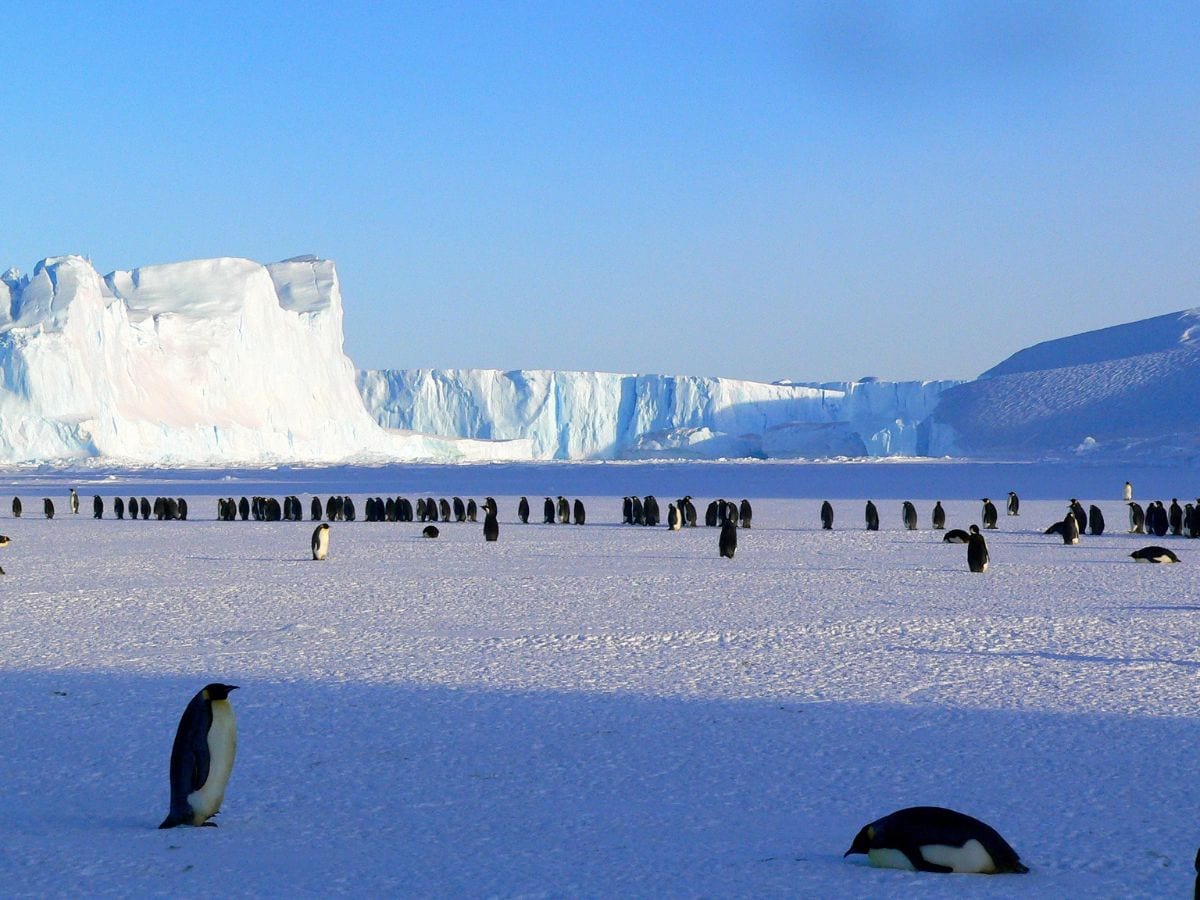
Go World Travel is reader-supported and may earn a commission from purchases made through links in this piece.
Don’t just look at the alluring brochures and websites of luxury cruises to Antarctica. Talk to people who have sailed there. Here are 12 tips I wish someone would have told me before my first trip to the White Continent.
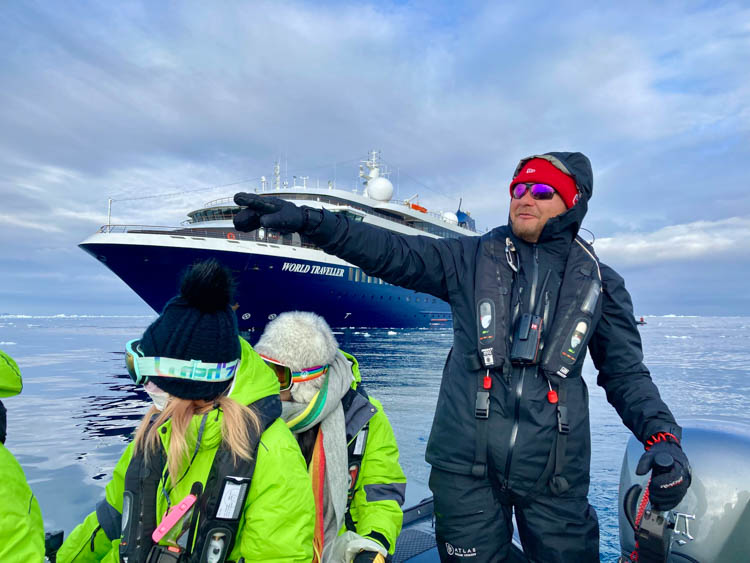
What to Wear in Antarctica
The temperature may not be as cold as you think. The summer daytime highs average around 32 degrees F. on the Antarctic Peninsula (the site of most Antarctic itineraries). So, you probably won’t need as many clothes as you had thought.
I stopped wearing my upper thermals and my wool ski cap after the first Zodiac excursion. I always brought my waterproof gloves on day trips, but half the time didn’t feel the need to wear them.
READ MORE: Penguins and Polar Plunge on a Luxury Cruise in Antarctica (with Video and Podcast)
Antarctic expedition ships usually provide guests with warm, waterproof parkas which guests can take home. Also, waterproof rubber boots are provided for shore excursions, so no need to bring your own.
Don’t be afraid to wear the same articles of clothing multiple times. You can probably get away with just one pair of comfortable shoes. The interior spaces of the ship are, of course, heated to a comfortable level, so a single layer of clothing is usually fine onboard.
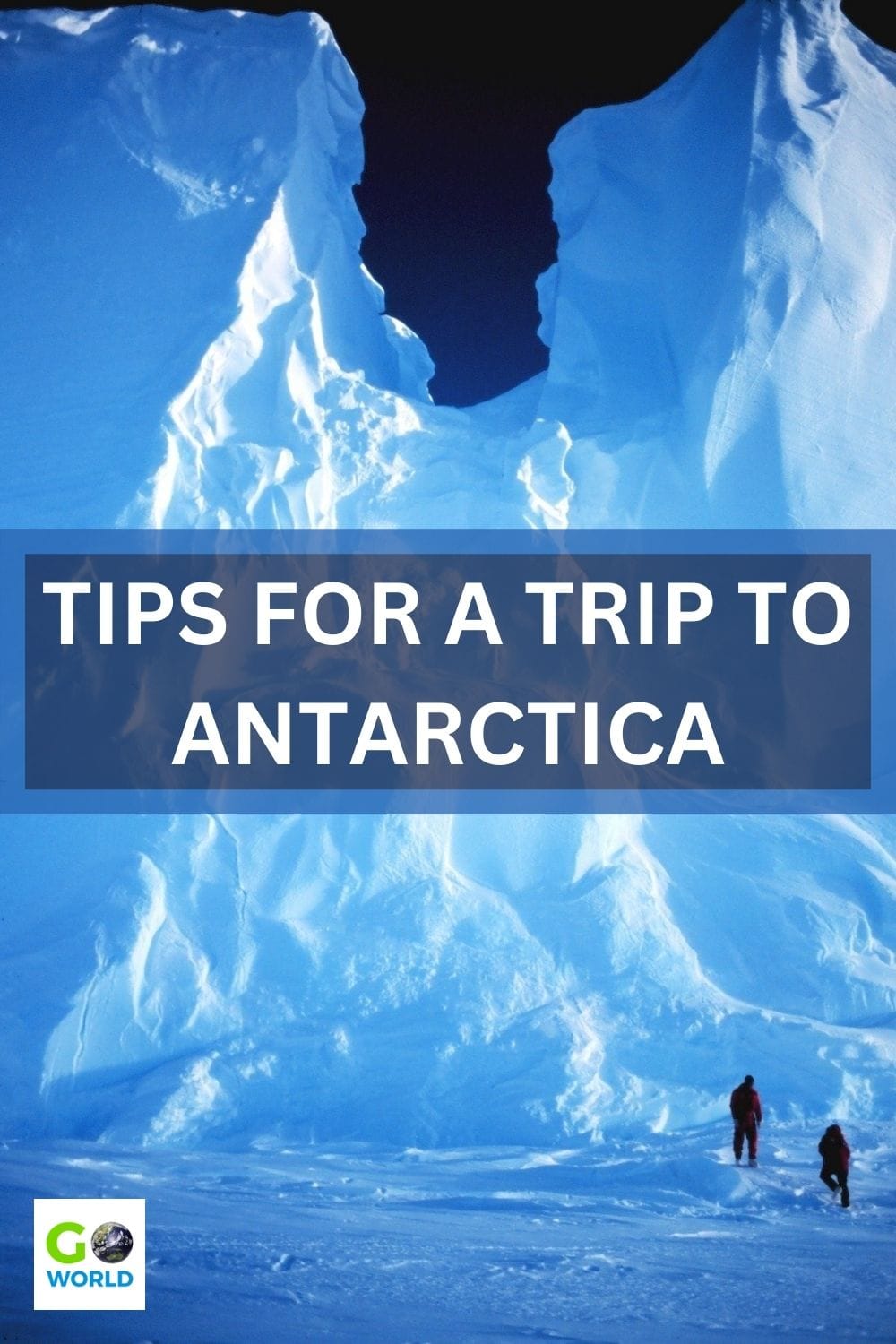
How to Survive the Drake Passage
The body of water between South America and Antarctica, the Drake Passage, is likely to be rough. Ship crews will tell you that 12-foot waves barely rate as moderate, but passengers generally feel differently. Even passengers who say they never get seasick often feel queasy and lethargic when making this crossing.
While the ship is crossing Drake’s turbulent waters, many of the stateroom doors are decorated with Do Not Disturb signs as guests deal with mal du mer.
The most popular and effective seasickness preventative is Scopolamine in the form of a three-day timed-release patch worn on the neck below the ear. Scopolamine patches require a prescription and they’re expensive. But they are worth the hassle and cost. Over-the-counter Dramamine in pill form is also effective.
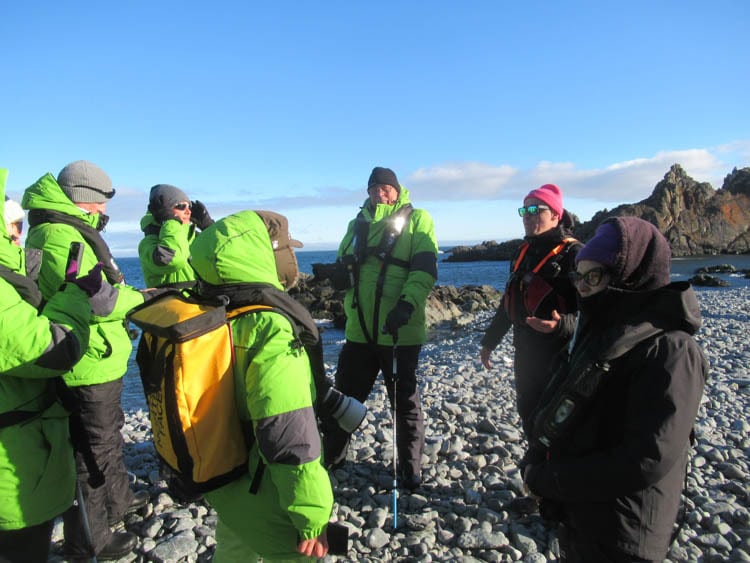
Who Will Your Fellow Passengers Be?
A trip to Antarctica isn’t cheap. An expedition cruise averages around $10,000 per person (depending on the cruise line and the length of the voyage) This means you’ll generally be mixing with a crowd of very successful, educated and well-off people.
However, don’t let this intimidate you. Almost all of them on a recent sailing of Atlas Ocean Voyages new World Traveller were friendly and unpretentious. Your fellow passengers will likely be dressed in well-worn Columbia or L.L. Bean outdoor wear and will be just as excited to be in the polar zone as you are.
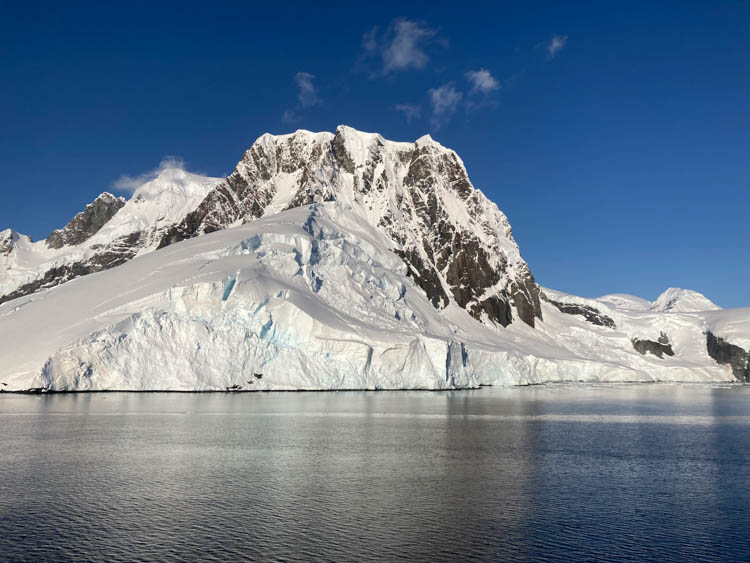
Topography of the Antarctic
Imagine if the Rocky Mountains were surrounded by an ocean. That’s what the Antarctic Peninsula looks like. The polar peaks are impressive, covered by glaciers. The inlets and coves are mind-numbingly beautiful. If you thought a cruise to the Antarctic Peninsula would be full of vast snowy plains, you’ll be pleasantly surprised by the variety of land features.
Climate in the Antarctic
Antarctica is among the driest places on earth, receiving an average of only two inches of precipitation a year. Of course, the snow rarely thaws, so after millennia of such precipitation, the continent is covered in snow, glaciers and ice sheets, some more than a mile deep.
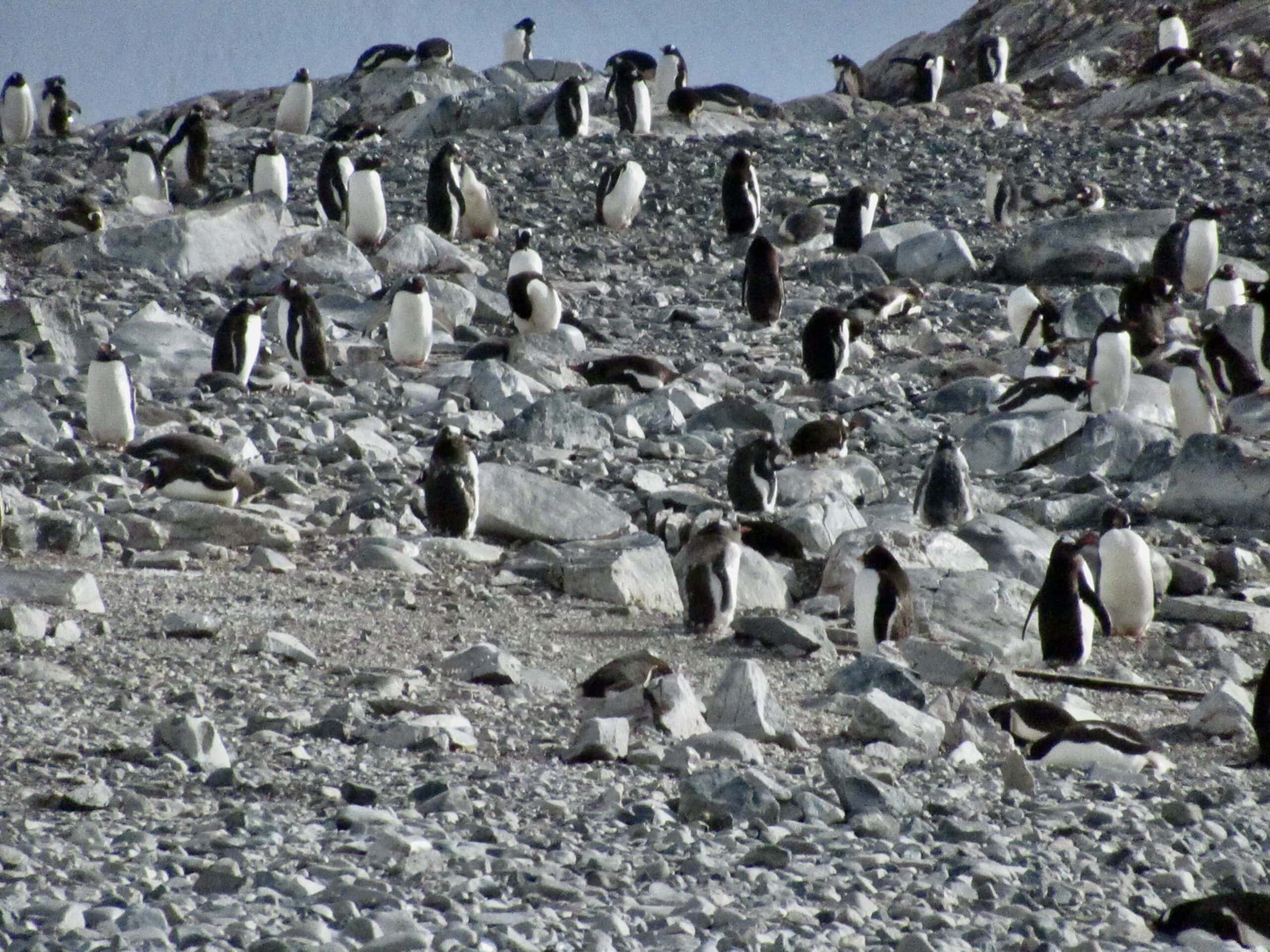
Animals of Antarctica
The wealth of wildlife is obvious to anyone who has hiked on the peninsula and made Zodiac excursions. Expect to see humpback whales, minke whales, multiple species of penguins (Gentoo, Chinstrap, Adelie) and seals (fur, leopard, crabeater).
Then there are the birds of flight (skuas, Antarctic terns, southern fulmars, albatrosses, cape petrels, whale birds). But the only life form indigenous to Antarctica is the midge, a wingless fly that begins life frozen in ice.
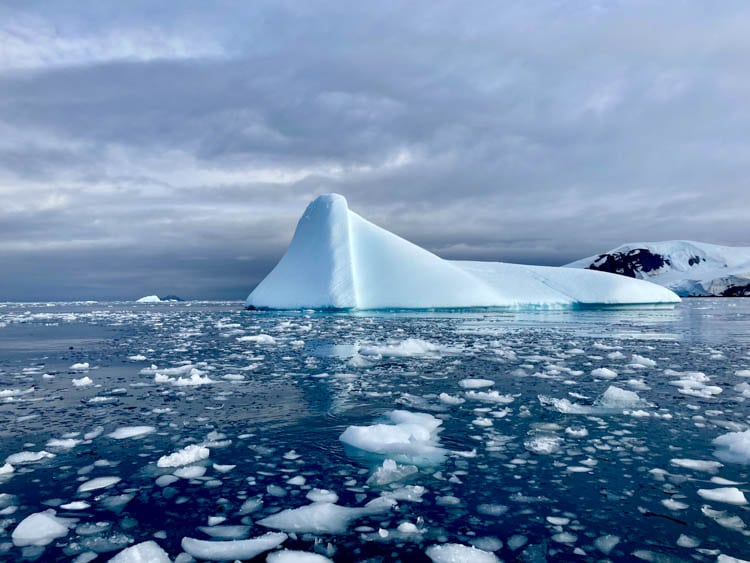
Iceberg Art
Most of us think of icebergs as being almost pyramidal, with a sharp point floating above the surface. In fact, the wind can carve an iceberg into almost any shape. A bay full of icebergs can look like the open-air studio of a Surrealist sculptor.
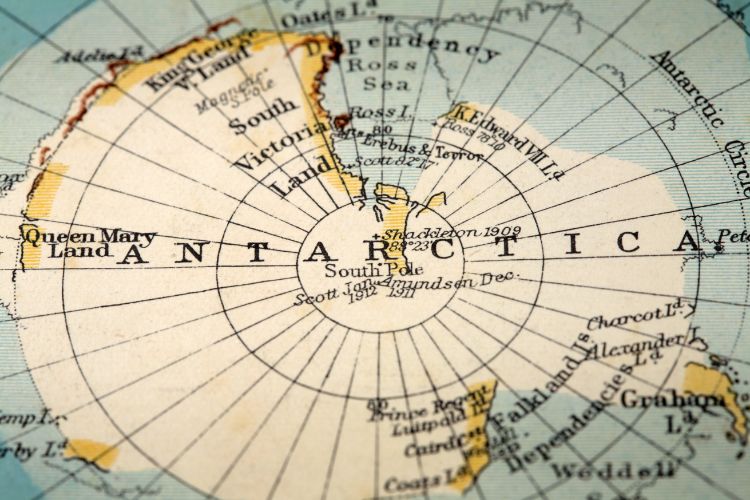
Three for the Price of One
Although no country owns any part of Antarctica, thanks to the 1959 Antarctic Treaty, a number of countries did lay claim to specific portions of the continent before the international treaty was ratified.
At one point in the 20th century, the Antarctic Peninsula (the part that most cruise ships visit) was claimed simultaneously by Britain, Chile, and Argentina.
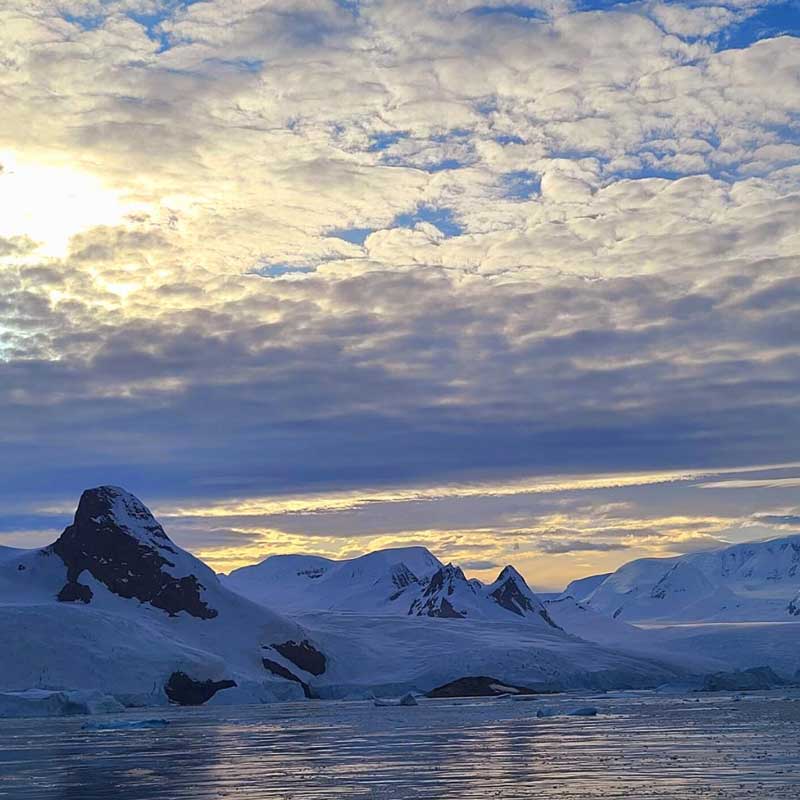
If you keep a running total of all the countries you’ve visited, you’ll appreciate this: The Travelers Century Club, for people who have 100-plus destinations under their belt, says that if you set foot on the Antarctic Peninsula, you get credit for having visited British Antarctica, Chilean Antarctica and Argentine Antarctica—three countries for the price of one!
The Fearsome Sun
As counterintuitive as it might seem, the intense sunlight (on rare sunny days) in Antarctica can be brutal and damaging to skin and eyes. It’s essential to pack one or two travel-size tubes of high-SPF sunscreen and polarized sunglasses (There’s a reason they’re called “polarized.”)
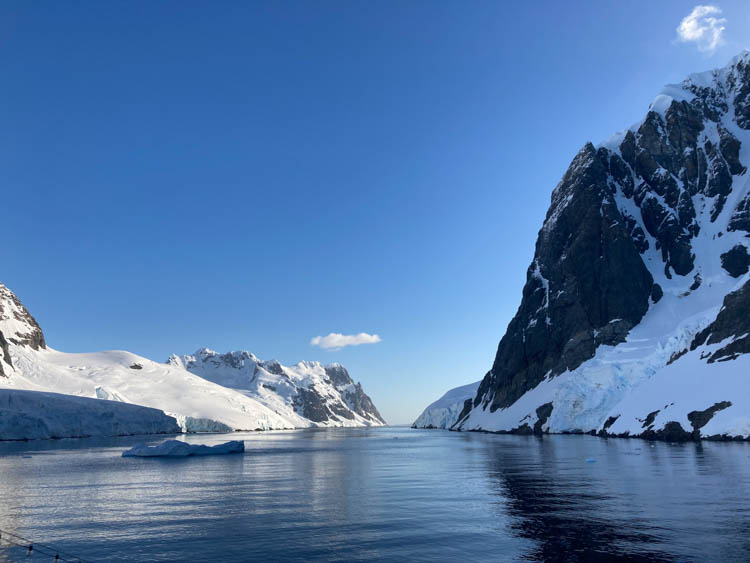
The Polar Plunge
When your ship reaches the Antarctic Circle, you may be offered the chance to take a dip in the frigid ocean. Do it. The anticipation is far, far worse than the actual jump. Besides, you’ll be belted into a safety harness and surrounded by professionals in Zodiacs and on the ramp.
Once you jump, you’ll be in and out of the water almost before your body realizes what a daredevil you really are.
No Sitting or Kneeling
During land excursions, you may be instructed to remain standing at all times. Kneeling or sitting could contaminate the ground with the avian flu virus that you may have inadvertently picked up on your clothing.
The avian flu could decimate the animal population there, and not just birdlife. There will be times during a hike when you might want to sit and rest. Don’t.
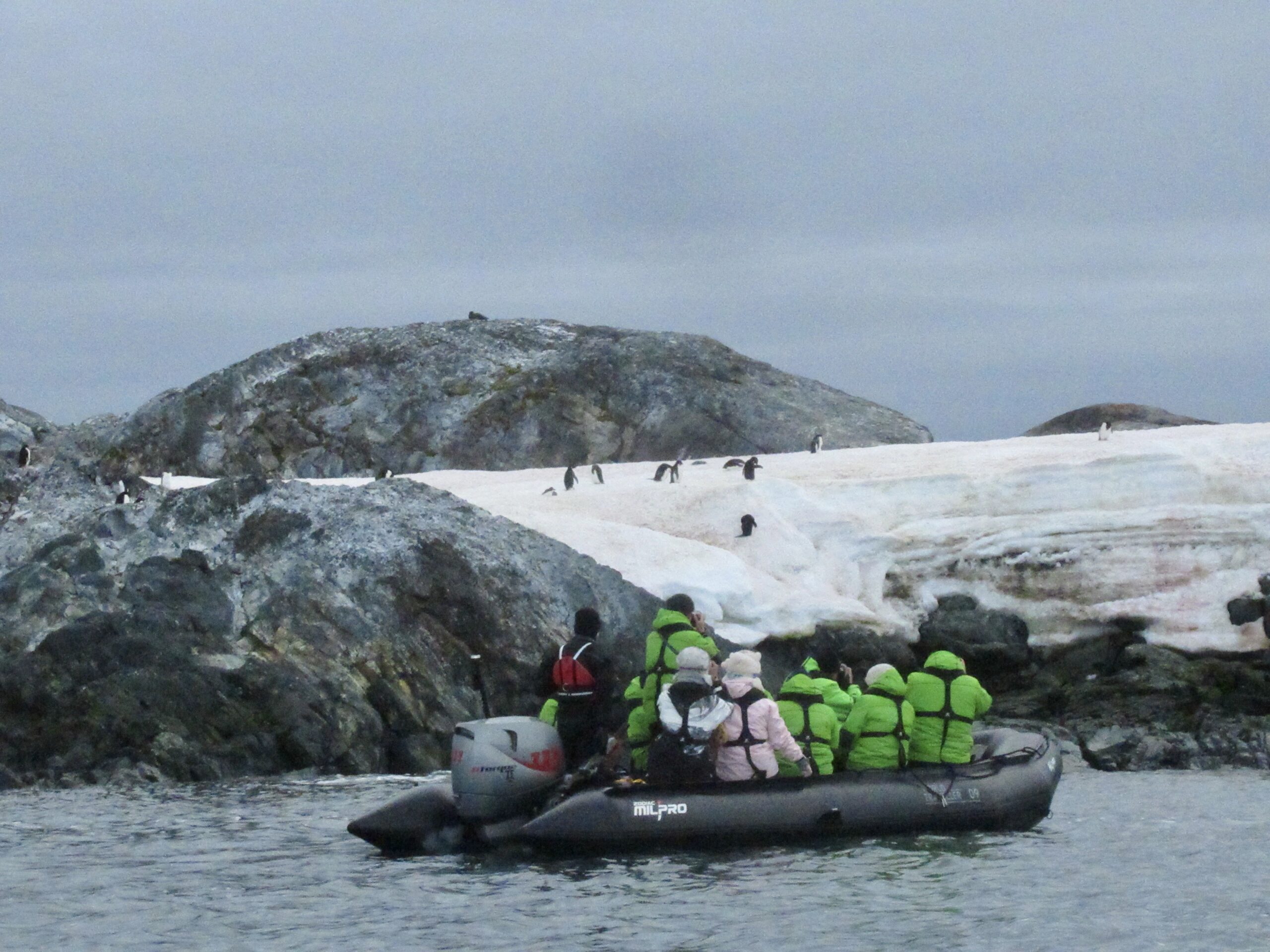
Book the Right Sized Ship
If you want to experience Antarctica up close with Zodiac water tours and hiking on land, book the right ship. The International Association of Antarctica Tour Operators (IAATO, a member organization founded in 1991) limits such tours to ships that carry 500 or fewer passengers. On larger cruise ships, passengers aren’t allowed to make landfall or even tour the waters in Zodiacs.
Author Bio: Mark Orwoll sailed to Antarctica on Atlas Ocean Voyages’ World Traveller.
Best Tips & Tools to Plan Your Trip
- Love the Lava: Reynisfjara, Iceland’s Most (In)Famous Black-Sand Beach - April 16, 2024
- Top 5 Spots for Stargazing in North Carolina - April 15, 2024
- The Low-Key Magic of Ghent, Belgium - April 15, 2024

